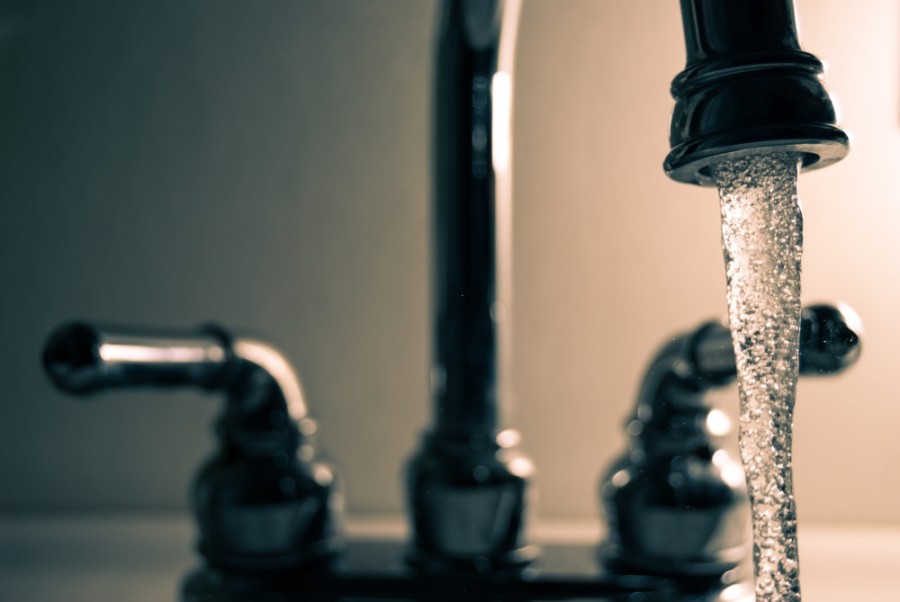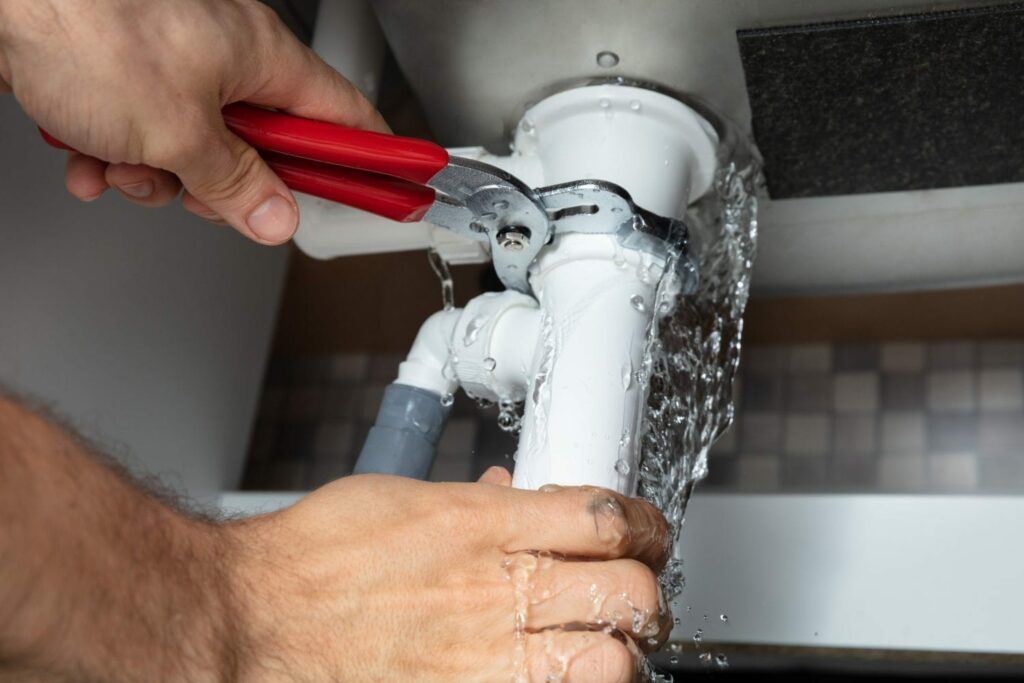Were you interested in suggestions on How to Prepare for Your Dishwasher Installation?

A burst pipeline is a significant emergency; you can only stand as you enjoy water you pay a lot to reunite with the planet. In even worse cases, you observe a swimming pool on your kitchen floor, which is a terrific trip danger, specifically if you have youngsters around. If the pipe that ruptured was in your walls, problem: you may require to paint that whole area.
Just how can a tragedy like a burst pipe be avoided as well as handled? Well, by paying attention to your specialist emergency plumbers and also following these guidelines.
Exactly how do I understand when my pipes have ruptured?
Changing water stress
Pipes do not simply burst in a day. You may have discovered that your kitchen area faucet or shower does not run immediately when you turn the faucet. It might pause for a few seconds and after that blast you with even more pressure than common.
In various other circumstances, the water may seem regular at first, then drop in pressure after a few seconds.
Polluted water
Lots of people presume a ruptured pipeline is a one-way electrical outlet. Fairly the contrary. As water spurts of the hole or wound in your plumbing system, contaminants find their way in.
Your water may be contaminated from the source, so if you can, check if your water tank has any problems. However, if your drinking water is supplied and also detoxified by the local government, you need to call your plumber quickly if you see or scent anything amusing in your water.
Puddles under pipelines as well as sinks
When a pipeline bursts, the discharge creates a pool. It might appear that the puddle is growing in size, and despite the amount of times you wipe the pool, in a few minutes, there's another one waiting to be cleaned. Often, you might not have the ability to map the puddle to any visible pipelines. This is an indicator to call an expert plumber.
Wet walls and water discolorations
Prior to a pipe bursts, it will leakage, a lot of times. If this consistent leaking goes unnoticed, the leakage might graduate into a vast tear in your pipe. One easy means to prevent this emergency is to watch out for wet wall surfaces advertisement water spots. These water stains will certainly lead you right to the leakage.
Untraceable dripping noises
Pipeline bursts can happen in one of the most unpleasant areas, like within concrete, inside walls, or under sinks. When the house goes quiet, you may have the ability to hear an aggravatingly persistent trickling noise. Also after you've examined your shower head as well as kitchen area tap, the trickling may continue.
Beloved visitor, the trickling might be coming from a pipeline inside your walls. There isn't much you can do concerning that, other than tell an expert plumber.
Show up the Warm
Establish fans to blow warmth into chilly rooms. Maintain the garage door shut. If you have lowered water flow, warmth the most prone pipelines (typically in cellars and crawl spaces or near outside walls) with a hair dryer. Leave the tap on while you apply warm. As you thaw ice, the flow will certainly raise. To avoid pipelines from freezing, shield your walls.
Begin Removing the Water
Get the wipe, pails and a store vacuum cleaner to start to eliminate the water due to the fact that you absolutely don't want it saturating right into everything else in the house. Plus, a fast clean up will certainly reduce the opportunities of something getting moldy.
What do I do when I detect a burst pipeline?
Your water meter will remain to run also while your water wastes. To minimize your losses, discover the major controls and also turn the supply off. The water pipe are an above-ground framework at the edge of your building.
How to Fix & Detect a Leaking Pipe
How Do I Know if a Pipe is Leaking?
Leak detection tests can help you determine if your pipe has a leak. Even if you don’t see an apparent leak, you should still conduct leak detection tests regularly to save water and money—and prevent major damage to your home.
Water meter. It can be helpful to figure out what your usual water meter usage numbers are and then monitor them regularly. To monitor your meter, first, turn off all water faucets in your home. Check the meter and write down the numbers. In a few hours, check the meter again. If the numbers have changed, you have a leak. Water gauge. Use a water gauge to test your water pressure. Your showerhead should produce a certain amount of water pressure based on its model and design. If the pressure is lower than it is supposed to be for that specific showerhead, your home likely has a leak. Puddles. Look inside your bathroom, laundry, and kitchen sink cabinets. Puddles around the cabinets or around toilets, tubs, showers, and washing machines indicate the presence of a leaking pipe. You may also notice loose tiles, peeling or flaking paint, or mold caused by water accumulation. Napkin test. Even if you don’t see any puddles, you may still have a leak. You can test for water leaks in the bathroom, laundry, and kitchen by wiping below-sink connections with a napkin, paper towel, or piece of toilet paper. If it becomes damp, you probably have a leaking pipe under the sink. Discolored walls. Walls that are discolored—usually with brown or yellow stains—or bulging might mean that they have been impacted by water damage caused by a leaking pipe. Smell. A leaky pipe will create sitting water, and over time, that water may develop a musty smell. If your home smells musty, but you can’t locate the source, it may be due to a leak. Steps for Fixing a Leaking Pipe
A leaky drain can be remedied by tightening the pipe base, replacing the drain seal, caulking the rim, and tightening the pipe nut. Similarly, a leaking toilet pipe can be treated by tightening the packing nut. You may also need to replace the valve. A leaky faucet may just need tightening or replacement of the washers. If that doesn’t work, consider replacing your faucet. If your pipe has a hole in it, you may want to use a pipe leak sealer or pipe leak tape. This quick fix for water pipe leaks can also temporarily fix a copper pipe leak. https://www.ahs.com/home-matters/quick-tips/how-to-tell-if-pipes-are-leaking/

Do you like more info about How to Prepare for Your Dishwasher Installation? Try leaving a remark below. We will be interested to know your feelings about this post. We hope that you visit us again before long. Kindly take the time to promote this blog posting if you liked it. I recognize the value of reading our article about What to Know Before Installing a Dishwasher.
Get Estimate